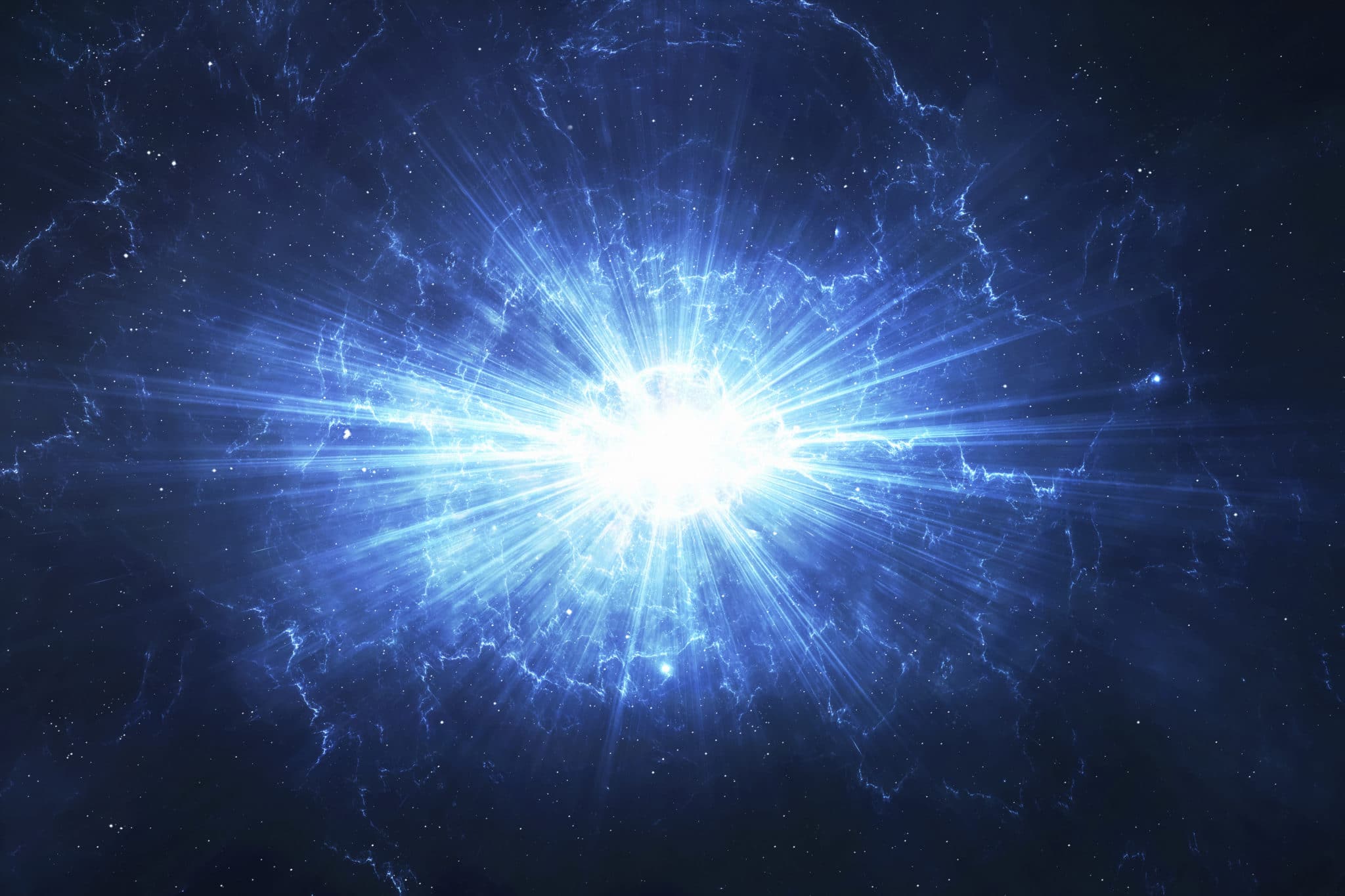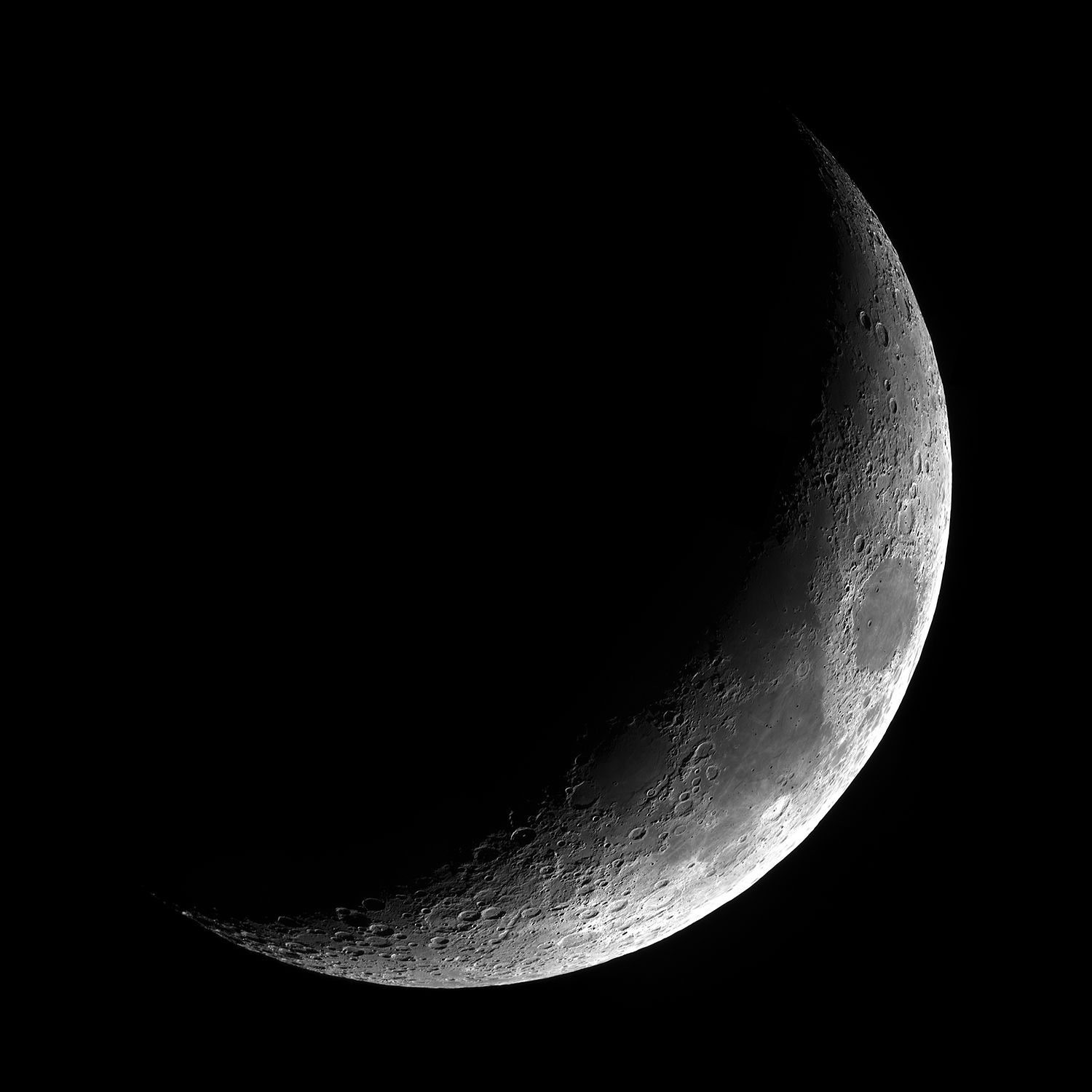G-d said: “Let there be light.” And there was light. G-d saw the light, that it was good; and G-d divided between the light and the darkness. G-d called the light “day” and the darkness He called “night.” It was evening and it was morning, one day.
Genesis 1:3-5
Light. The first creation. Indeed, the sole creation of the First Day.
But light, by definition, is not an entity in its own right. It is the link between two other entities, the communication from its emitter to an observer or recipient. Light would have no function unless it is expressing the former and influencing the latter. So what sense is there in light as a first creation? Why create light on the first day if the first sighted creatures were not created until the fifth, the first beneficiaries of light (plants) were not created until the third, and the first luminary bodies in the universe were created only on the fourth day of creation?
Hidden Revelation
Indeed, our sages describe the light created on the first day as something that is not part of our present-day natural reality.
“The light which G-d created on the first day,” says the Talmud’s Rabbi Elazar, “a man could see with it from one end of the world to the other.” 1 “It cannot shine by day,” says the Midrash Rabba, “it would dim the sun. It cannot shine at night – for it was created only for the day. So where is it? It was hidden. It is preserved for the righteous in the World to Come.” 2 “Where did He hide it?” asks the Zohar, and replies: “In the Torah.” 3
Again we ask: Why create something that has no immediate function? We might ask this about any creation, but certainly about light. For what is light, if not illumination and revelation? Are not the words “hidden light” a contradiction in terms?
And yet, these two antithetical concepts are more closely related than one might think. The Zohar 4 points out that the Hebrew words ohr (“light”) and roz (“secret”) share the same gamatria, or numerical value (207). According to Jewish tradition, a gamatrial concurrence between two words implies that they are intrinsically related to each other. As Rabbi Schneur Zalman of Liadi explains in his Tanya, the soul of an object or phenomenon is expressed by its name in the Holy Tongue; and when the names for two entities have a common numerical value, this means that they are, in fact, two incarnations of the same essence. 5
So “secret” and “revelation” are two sides of the same coin. And the very first creation was a secret revelation – a light destined to remain in the dark for millennia on end. An infinitely brilliant flash which illuminated the void of the First Day, only to retreat into its alter ego, secret, for the whole of contemporary history. So though light may be the primary element of creation, ours is a world of secrets: a world in which life means grappling with darkness and wrestling with the unknown, a world in which light is reserved for the “World to Come” – the fulfillment and culmination of our present-day struggles.
Finally First
“What is final in deed is first in thought”
from the Lecha Dodi prayer
A concept is born in its conceiver’s mind. Perhaps is it the mind of an architect, or of an artist, scientist, inventor, writer – any creative mind will do. The hands that are attached to this mind are fairly itching to put pen to paper, lathe to wood and metal, color to canvass. The mind’s eye is already envisioning segments of the edifice, parts of the machine, chapters of the book, experiments to test the theory. But wait, it tells itself, aren’t we sort of jumping ahead of ourselves? The concept, let’s get back to the concept. Is it clear? Has it come into focus yet? The details can wait – first we must define what it is we wish to create. What exactly is this invention going to do? What is the point of the theory? What is the book, painting or sculpture going to express? What is the function and/or aesthetic message of the structure?
Only after the concept has crystallized in his mind, does the artist or engineer get to work. Then, as the scaffolding rises about the developing edifice, as the canvas fills and the experiments accumulate and proliferate, the concept somewhat recedes, its clarity somewhat dims. Now there are sentences to assemble, problems to solve, angles to hone. Now the focus must shift from the concept as a whole to its component parts. True, the creator is guided throughout by his original vision; but what is at the fore of his mind is the vision as it applies to the particular task at hand, rather than the transcendent vision it was at the time of its conception.
But when the last bolt is tightened, or the final cornice or door-handle fitted into place; when the last brush-stroke is satisfactorily executed or the last revision is made to the manuscript or theorem – the concept re-erupts in all its radiance and purity. This is what was meant, this is what the sleepless nights and endless days were all about. This is what preceded all, this is what receded from view while the project developed, and this is what the final culminating detail again brought to light.
What is final in deed is first in thought.
So the concept has two states – revealed and hidden – both essential to its function. Before a creative process may begin, the concept manifests itself, clearly and vividly; for the slightest ambiguity in the foundation will set the entire structure askew. Then, during the developmental phase it withdraws, lending continued but covert focus and direction, lest it overwhelm the many short term goals which must be conceptualized, pursued and met.
Finally, when the finished product sits before us, the concept is once again manifest. This time, however, it is not floating in an abstract void; rather, it suffuses and emanates from the multifarious details of the actual creation, now integrated as a single entity with a single function and import.
What is final in deed is first in thought.
The Big Y
Why?
Why a world? What’s the point to this tremendous work of art, the function of this engineering marvel?
Light.
G-d wanted a world that conveys His truth. A world that overcomes initial darkness and distortion to express the goodness and perfection of its Creator. A world that is a ray of light shining off the Divine luminary. A world that reveals its essence and source. The creation of light is G-d’s concept of existence. It is the vision He articulated into being before getting down to the nuts and bolts of creation. The vision which precedes all, pervades all, and culminates all.
After the First Day this vision receded, as many sub-visions were articulated to create the particulars of our world. After the seven days of creation it faded into the background, so that man’s subsequent development of the world not be overwhelmed by its intensity. Throughout the process of creation and history, it retreated into the mind of G-d and consciousness of humanity – the Torah – a subdued but accessible secret to guide and mold a maturing world.
A secret until the world becomes the “World to Come.” Until our efforts to make our deeds, our lives, and the very substance of our environment a statement to the all-pervading reality of G-d are realized. Until the day the world comes off the assembly line, leaves the studio, to be seen for what it is.
Light.
Based on an address by the Rebbe, Simchat Torah 5726 (1965). Adapted from the teachings of the Rebbe by Yanki Tauber.







